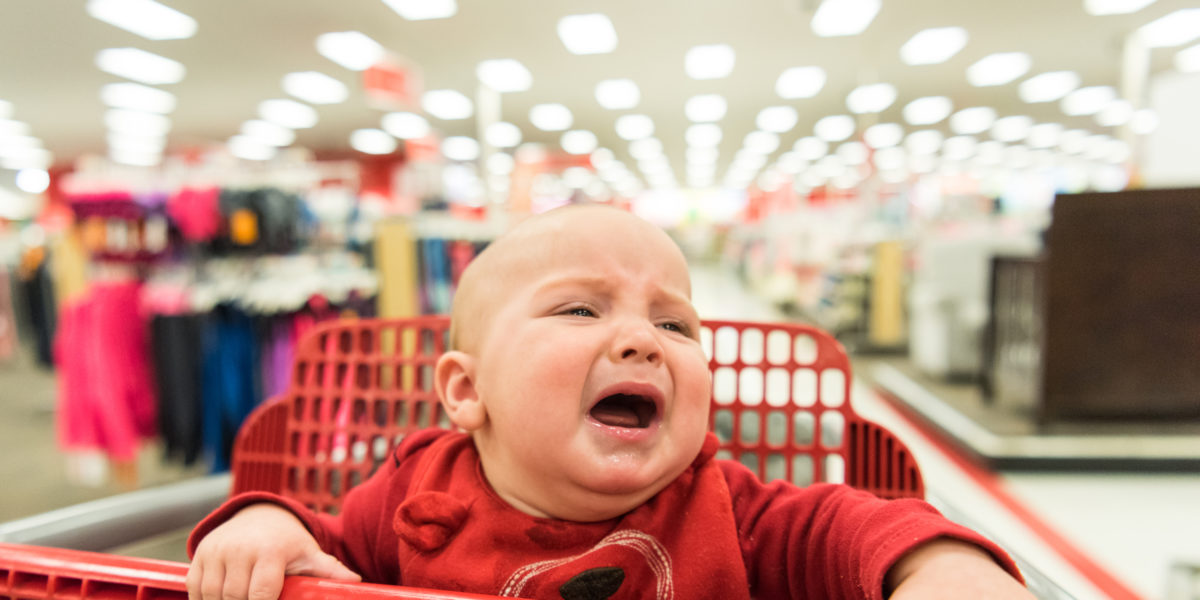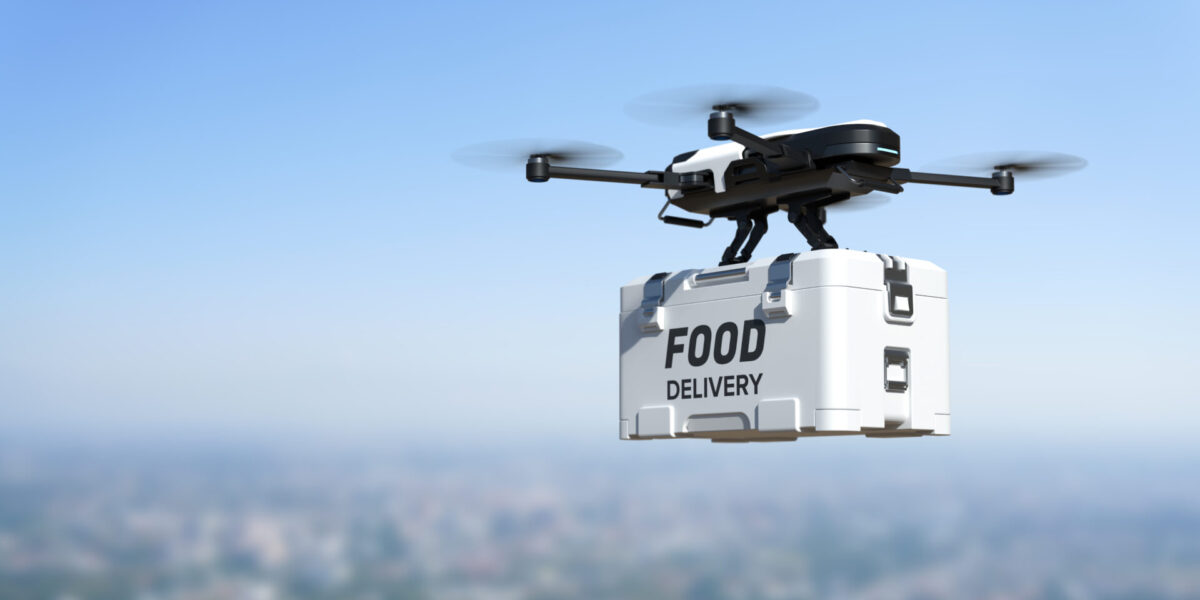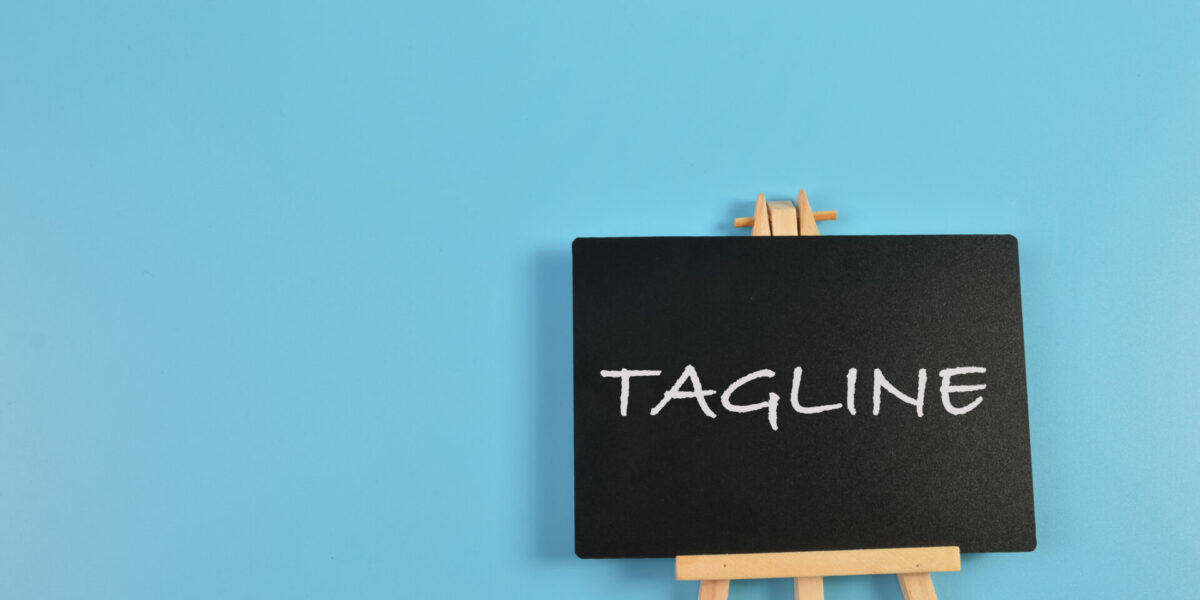The grocery store manager looked at me and said, “Farris, you’re on ‘put backs.’ Start with that cart.” He pointed to a shopping cart overflowing with groceries, meats and dairy products. It had growing pool of melted Neapolitan-flavor Borden’s ice cream underneath. “And, clean up that ice cream.” he added.
I was working as stock clerk right out of high school and this was one task I hated. Every once in a while, a customer would get to the cash register line and then abandon his or her full shopping cart right there.
Sometimes, it happened because the customer realized they had forgotten their wallet or purse and couldn’t pay for their selections. But more often, it was because felt the customer felt the lines were too long and it was taking too much time to get checked out.
Overall, the amount of groceries abandoned in carts and unpurchased was minor compared to what was purchased. But, according to Business Insider, when it comes to online shopping, consumers abandon almost TWICE as much product in website shopping carts as they buy.
Business Insider says the top five stages where consumers abandon online shopping carts are
- When payment processing begins
- At the checkout login
- Once the customer sees shipping costs
- When the customer needs to enter a billing address
- When they have to enter a shipping address
Four out of five reasons they leave at this stage are things that simply require more time or effort on the part of the customer. This is what is known as “sales friction” — obstacles or road blocks to completing a sale.
That’s why Amazon introduced 1-Click ordering. For the customer, 1-Click makes the buying process easier. For Amazon, it reduces the problem of customers leaving product unpurchased in shopping carts.
Almost every business and non-profit can increase revenue by making it easier to buy, donate or participate. You must continually look for stages of your buying process that require time and effort on the part of your customers and supporters. Remove obstacles and improve the process.
Remember one sale leads to another. You want to build customer loyalty. Some marketing folks claim you need to “delight” customers to earn their loyalty. But research by CEB Global shows a different story.
Less time and effort to complete a purchase top “delighting” a customer by a substantial margin when it comes to building customer loyalty.
Anything you can do to make the buying easier can result in more sales. Some people have built entire businesses on that idea. Garrett Camp sold his first business for $75 million to eBay and went to Paris to celebrate.
When Camp flew back to San Francisco, he wanted to have a limo or car waiting to pick him up. But it was a challenging process, especially once you’ve landed in an airport. That’s what lead him to launch UberTaxi — later Uber. He believed it should be easier to schedule a ride in a big city.
How can you remove roadblocks and make it easier for customers to purchase and resolve issues? One way is to test every step.
You may want to engage “secret shoppers” to report on their experience each step of the way. Check out your complaint and customer service components. Make sure that resolving issues is as simple as possible and customers with a complaint or problem are handled quickly — preferably by one person.
The metrics you want to measure are
- (a) the customer’s time and
- (b) the customer effort required at each step of the buying process.
Every time you improve those two factors, you have to potential to make more sales.
And please, don’t leave ice cream in abandoned shopping carts. Some poor stock clerk is going to have to clean that up.













Comment